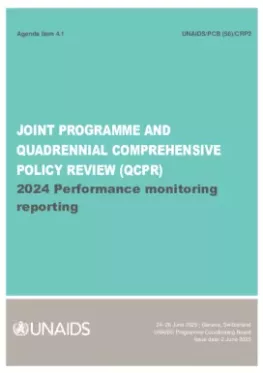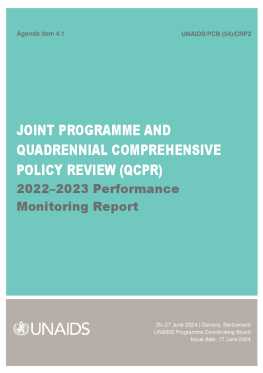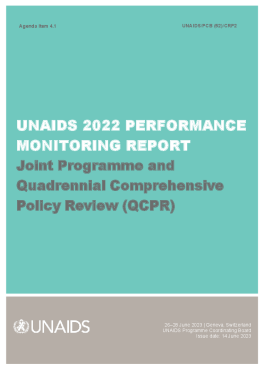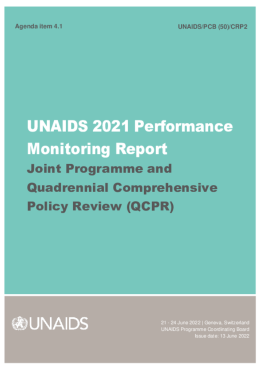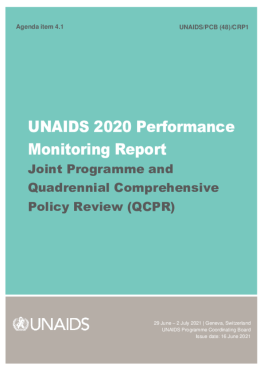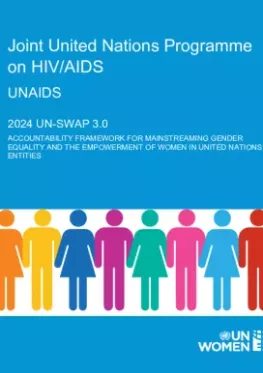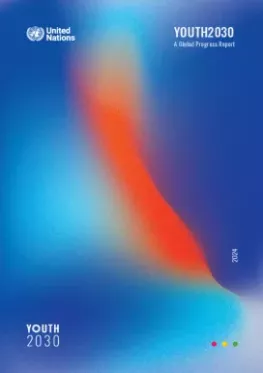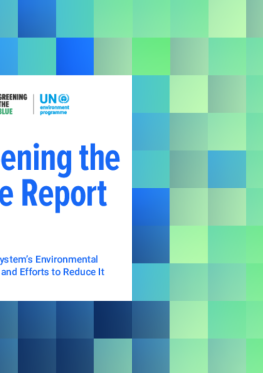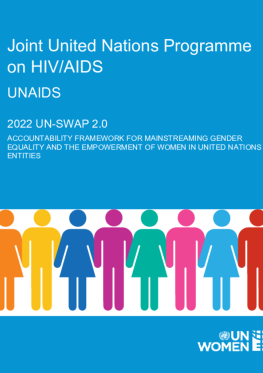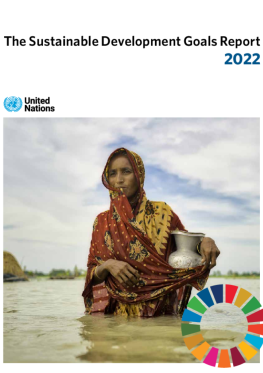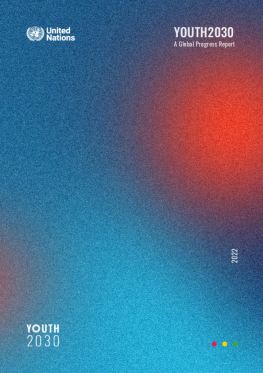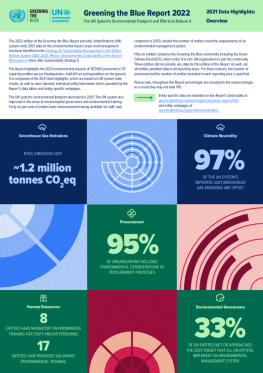Drawing upon its over 25 years of coordinated multisectoral response to the AIDS pandemic, UNAIDS, as the only joint, cosponsored programme of its kind in the United Nations system, has been a pathfinder for UN reform.
The Joint Programme innovated in areas such as integrated policies, joint teams, joint programmes, and funding, unified budget and workplans, joint monitoring systems and reporting as well as inclusive governance. These have influenced some of the tools and approaches that have been put in place to guide UN Country Teams and inter-agency collaboration more generally, towards coherent support to countries and their progress towards Agenda 2030 goals. UNAIDS work is fully embedded in and supportive of the UN Resident Coordinator’s system with recent innovative approaches applied such as HIV Advisers in selected UN Resident Coordinators’ offices.
UNAIDS also contributes to dialogues on the UN80 Initiative, marking the eightieth anniversary of the United Nations Charter. The initiative which was launched in March 2025 lays out system-wide reform plans to make the UN more effective, nimble, fit for the challenges of the world. UNAIDS is fully aligned and contributes to the objectives of the UN80 initiative and holds true its key principles: enhancing operational efficiency, assessing how mandates – or key tasks – from Member States are implemented, and exploring structural reform
The UN Economic and Social Council reaffirmed the Joint Programme’s co-sponsor and governance model provides the United Nations system with a useful example of strategic coherence, reflecting national contexts and priorities, through its coordination, results-based focus, inclusive governance, and country-level impact, as set out in General Assembly resolution 75/233 on the quadrennial comprehensive policy review of operational activities for development of the United Nations system’
UN ECOSOC Resolution E/RES/2023/30 on the Joint United Nations Programme on HIV/AIDS, 25 July 2023
In line with UN Reform and related recommendations from the UN General Assembly resolution 72/279 on the repositioning of the UN development system Quadrennial Comprehensive Policy Review (QCPR) and related UN Reform checklist, the Joint Programme fully promotes and contributes to advance the key principles and areas for the achievements of the Sustainable Development Goals and Agenda 2030. UNAIDS also follows and is part of the UN 2.0 quintet of change initiative that encapsulates the Secretary-General's vision of a modern UN family, rejuvenated by a forward-thinking culture and empowered by cutting-edge skills for the twenty-first century, looking at innovation, data, digital, foresight and behavioural science skills and culture.
The below graph highlights some examples of how the Joint Programme or UNAIDS Secretariat operationalizes UN Reform aspects and aligned initiatives.



